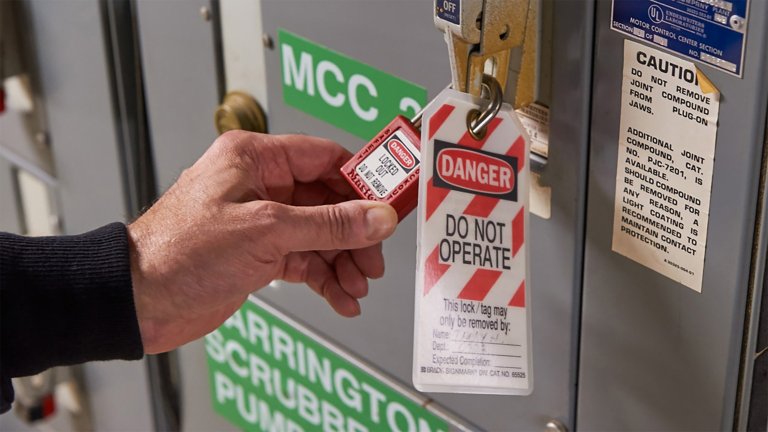From Fluke Corp.
Safety standards are written to make sure we all go home safely at the end of the day. For electrical safety, the hazards can be deadly and manifest themselves quickly, often leaving no response time.
Engineers, electricians and technicians must follow safe work practices when using multimeters, including inspection before use. To help verify safety, the Occupational Safety and Health Administration (OSHA) requires employees to demonstrate their ability to select, inspect, use and maintain their test equipment.
Qualified Persons
OSHA regulations and the NFPA 70E Standard for Electrical Safety in the Workplace® provide procedural guidance when it comes to test equipment inspection. For example, NFPA 70E® states that only "qualified persons" are allowed to perform tasks that include the use of test equipment on systems 50V and greater. A digital multimeter is the most commonly used instrument for these kinds of measurements.
Since 2007, OSHA regulations require technicians to demonstrate their skills to their employer to be considered a qualified person. Thus, employers must verify an individual's ability to safely use digital multimeters.
Properly Rated for the Circuit
A digital multimeter, or any electrical measurement tool, must be properly rated for the circuit on which it is to be applied. Technicians must be able to understand and explain these ratings. Accessories like test probes, flexible clamps or others are included in these ratings. And the ratings should always be printed on the tools.
The first step is to identify the nominal system voltage of the circuit to be tested. This is the voltage class assigned to systems and equipment and can be found on nameplates and drawings. Typical nominal voltages found in plants are 120/240, 208Y/120 and 480Y/277.
Technicians must be aware of the extreme danger of using an inadequately rated digital multimeter. Using a 1,000V-rated digital multimeter on medium-voltage circuits has, unfortunately, happened more than once with tragic results.




